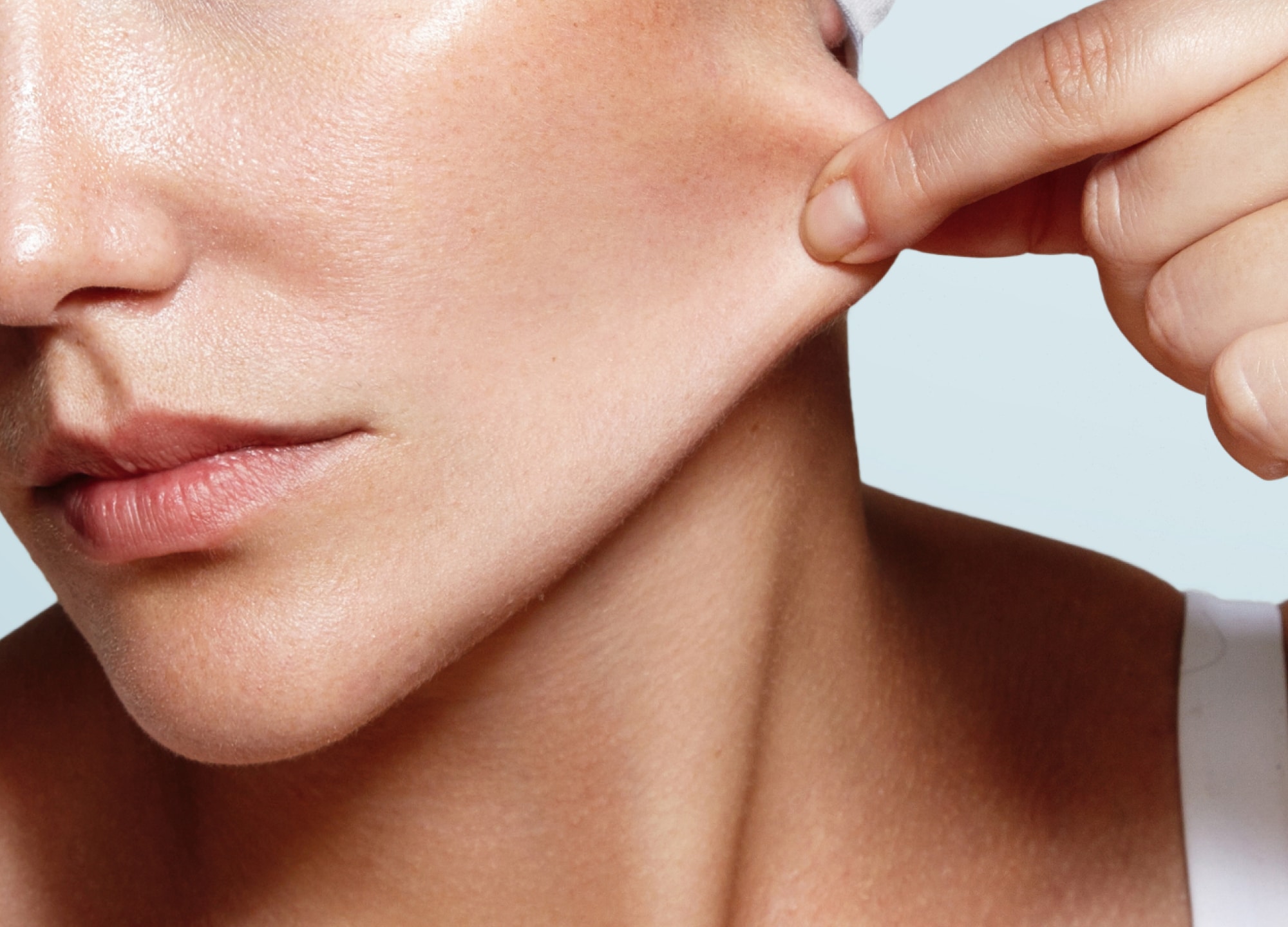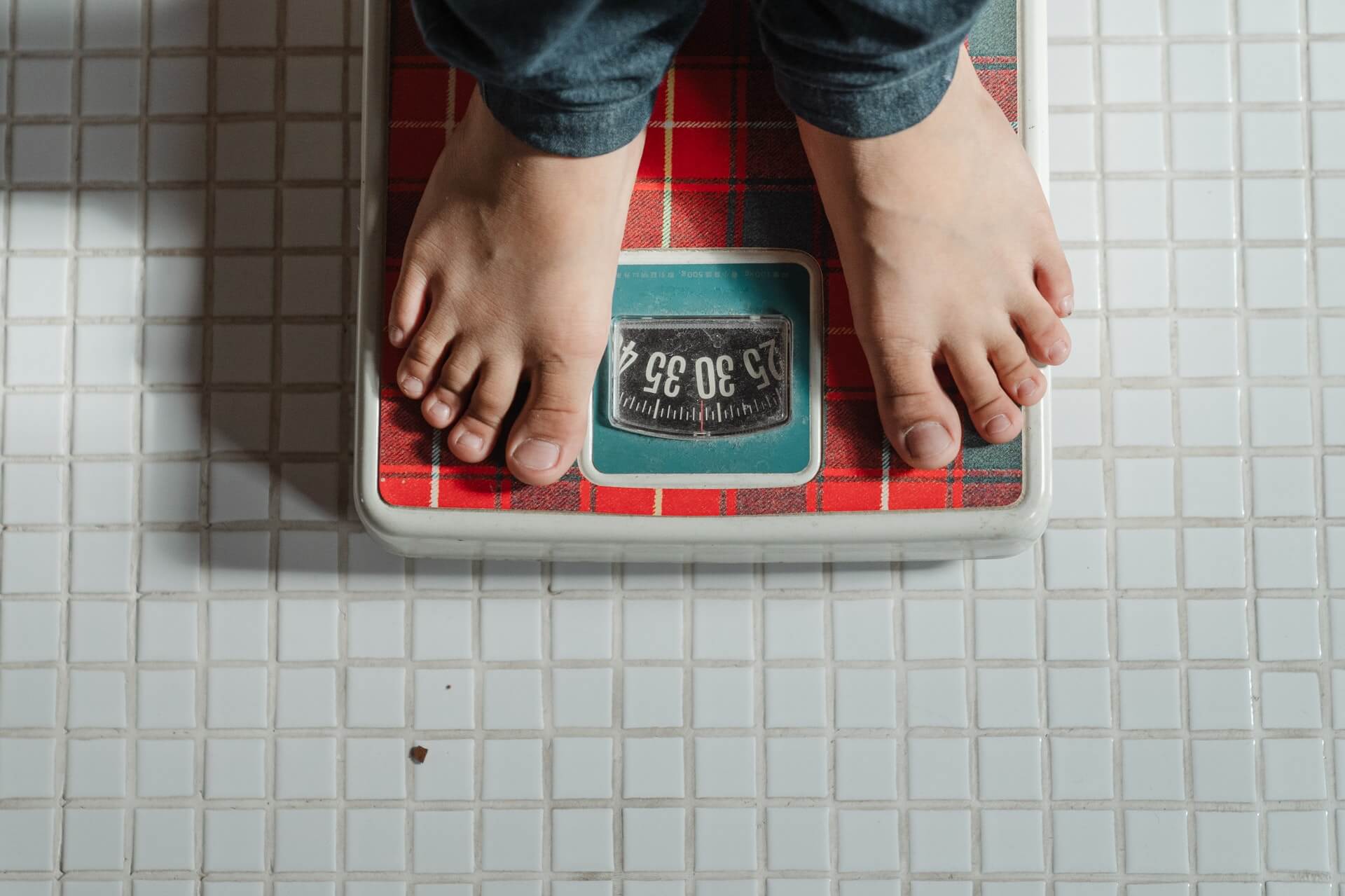
Ozempic Face: How Weight Loss Changes the Skin, and the Treatments That Can Help
Losing weight is an incredible achievement that brings numerous health benefits. However, significant weight loss can also have an impact on the skin, causing sagging, wrinkles, and other cosmetic concerns. The good news is that there are many treatments available that can help to restore the skin’s appearance after weight loss. In this article, we will explore the phenomenon of the “Ozempic Face” and discuss the treatments that can help you feel confident in your new body.
What is the Ozempic Face?
Ozempic is a brand name for semaglutide, a medication used to treat type 2 diabetes. Ozempic face is a term used to describe a common side effect of the medication, which is a loss of facial subcutaneous fat. This can lead to a more angular appearance of the face, with more prominent cheekbones and a thinner-looking face. Some people may find this side effect desirable, while others may find it undesirable. It is important to talk to a healthcare provider about the potential side effects of any medication and to weigh the benefits and risks of treatment related to Ozempic face.
How does weight loss affect the skin?
Weight loss affects the skin in several ways. When we gain weight, our skin stretches to accommodate the additional fat. However, when we lose weight, the skin may not always snap back into place. This is particularly true for those who have lost a significant amount of weight in a short period of time, as the skin may not have had enough time to adjust to the changes.
Additionally, as we age, our skin loses elasticity and becomes less able to bounce back from weight loss. This means that older individuals may be more likely to experience sagging skin and wrinkles after weight loss.
Treatments for Sagging Skin
If you are experiencing sagging skin after weight loss, there are several treatments available that can help. One of the most common treatments is a surgical procedure called a facelift. During a facelift, a plastic surgeon will make incisions around the hairline and ears and remove excess skin and fat. The remaining skin is then pulled tight and sutured in place, resulting in a smoother, more youthful appearance.
Another option for sagging skin is a non-surgical treatment called Ultherapy. Ultherapy uses ultrasound technology to stimulate collagen production in the skin, which helps to tighten and firm the skin over time. While the results of Ultherapy are not as dramatic as those of a facelift, it is a non-invasive option that requires no downtime.
Treatments for Wrinkles
Wrinkles are a common concern for those who have lost a significant amount of weight. One of the most effective treatments for wrinkles is Botox. Botox is a type of injectable that relaxes the muscles that cause wrinkles, resulting in smoother, younger-looking skin. Botox is commonly used to treat forehead wrinkles, frown lines, and crow’s feet.
Another treatment for wrinkles is dermal fillers. Dermal fillers are injectables that are used to add volume to the skin, smoothing out wrinkles and fine lines. There are several types of dermal fillers available, including hyaluronic acid fillers and collagen stimulators.
Treatments for Loss of Volume
When we lose weight, we may also lose volume in our face, which can result in a sunken, gaunt appearance. One of the most effective treatments for loss of volume is dermal fillers. Dermal fillers can be used to add volume to the cheeks, lips, and other areas of the face, resulting in a fuller, more youthful appearance.
Another option for loss of volume is fat transfer. During a fat transfer procedure, fat is removed from one area of the body, such as the thighs or abdomen, and then injected into the face to add volume. Fat transfer is a natural option that can provide long-lasting results.
Skin Care Tips for Maintaining a Healthy Glow
While there are many treatments available to address the changes that can occur in the skin after weight loss, there are also several skin care tips that can help to maintain a healthy, youthful glow. Some of these tips include:
Protect your skin from the sun: Exposure to the sun can damage the skin and cause wrinkles and sunspots. To protect your skin, wear sunscreen with an SPF of at least 30 every day, even on cloudy days.
Stay hydrated: Drinking plenty of water can help to keep your skin looking healthy and hydrated.
Use a moisturizer: Moisturizing your skin can help to keep it soft and supple, and can also help to reduce the appearance of wrinkles.
Eat a healthy diet: Eating a diet that is rich in fruits, vegetables, and other nutrient-dense foods can help to promote healthy skin.
Get enough sleep: Getting enough sleep can help to reduce stress and promote healthy skin.
Conclusion
Losing weight can be a transformative experience that can bring numerous health benefits. However, it can also have an impact on the skin, causing sagging, wrinkles, and other cosmetic concerns. Fortunately, there are many treatments available that can help to restore the skin’s appearance after weight loss. Whether you choose surgical options like a facelift or non-surgical treatments like Botox or dermal fillers, there are options available that can help you feel confident in your new body. Additionally, following a few simple skin care tips can help to maintain a healthy, youthful glow. With the right treatments and skin care regimen, you can enjoy the benefits of weight loss while still feeling confident in your appearance.
Visit DocMode for Courses and lectures













